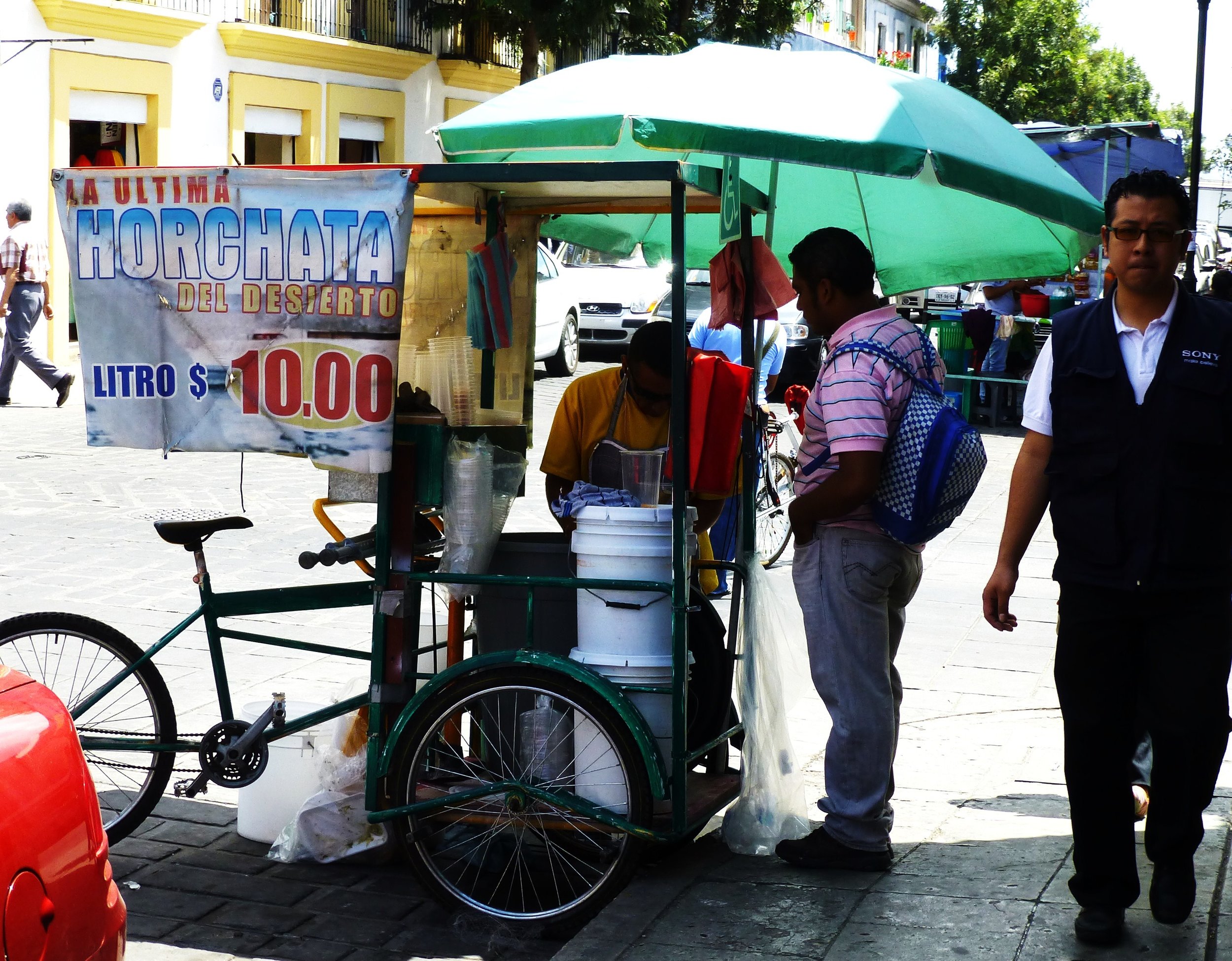 When Guillermo Osorno realized that he was gay -- in the late 1970s, when he was still an adolescent -- as far as he could tell, in his world of middle-class Mexico City, homosexuality didn't exist. He didn't know anyone else who was gay, and the idea of a gay community was unfathomable. In 1981, when he was 18, he went to Los Angeles and, along Santa Monica Boulevard, found a pre-AIDS openly queer universe which he describes as "effervescent." When he returned home, determined to find some vestiges of a sympathetic brotherhood, by (as he describes it), walking around the city and "wearing out some shoe leather," he began to discover a more or less clandestine infraworld of like-minded people.
When Guillermo Osorno realized that he was gay -- in the late 1970s, when he was still an adolescent -- as far as he could tell, in his world of middle-class Mexico City, homosexuality didn't exist. He didn't know anyone else who was gay, and the idea of a gay community was unfathomable. In 1981, when he was 18, he went to Los Angeles and, along Santa Monica Boulevard, found a pre-AIDS openly queer universe which he describes as "effervescent." When he returned home, determined to find some vestiges of a sympathetic brotherhood, by (as he describes it), walking around the city and "wearing out some shoe leather," he began to discover a more or less clandestine infraworld of like-minded people.
One of the first stops along the journey was a bar called El Nueve, which was on calle Londres in the Zona Rosa between 1978 and 1989. The publishing house Debate has just brought out Osorno's history of El Nueve, called Tengo que morir todas las noches: una crónica de los ochenta, el underground y la cultura gay (I Have to Die Every Night: A Chronicle of the Eighties, the Underground and Gay Culture). In those days El Nueve was not only a gay bar but a cultural center that featured everything from rock concerts to art shows to performances and a film society. Osorno says he saw movies by Fassbinder, Gus Van Sant and Almodóvar there. In those much more repressive days, such films did not get commercial releases.
Osorno only writes about himself in the prologue and epilogue of the book, but in a sense, in writing about gay culture in Mexico in the last 30 years, he is writing his autobiography. It is almost unfathomable to consider that, a brief 25 years ago, most gays and lesbians in Mexico City lived in the closet. Gay bars were commonly raided by the police and their patrons were shaken down for extortion money by the very same cops. In the early 90s, gays and AIDS activists were often victims of violence. Today, thanks to legislation fomented by former Mexico City mayor Marcelo Ebrard, same-sex marriage is legal in the city and, at least in certain neighborhoods, seeing same-sex couples holding hands or kissing in the street is completely ordinary.
"The last sentence of the book," says Osorno (who was my boss when I wrote and edited for Revista DF between 2003 and 2006), "is 'we've gained something and we've lost something.'" The gains -- acceptance and legislation -- are perhaps obvious. The author thinks that gay people have lost a sense of living in a covert and unique culture in the city, a sense of being special and glamorous. He is not trying to take a stance on which is better and which is worse. He just thinks it's remarkable that, in what in historical terms is just the blink of an eye, things have changed so remarkably.
 Photo by Sarah Taylor Cook
Photo by Sarah Taylor Cook


